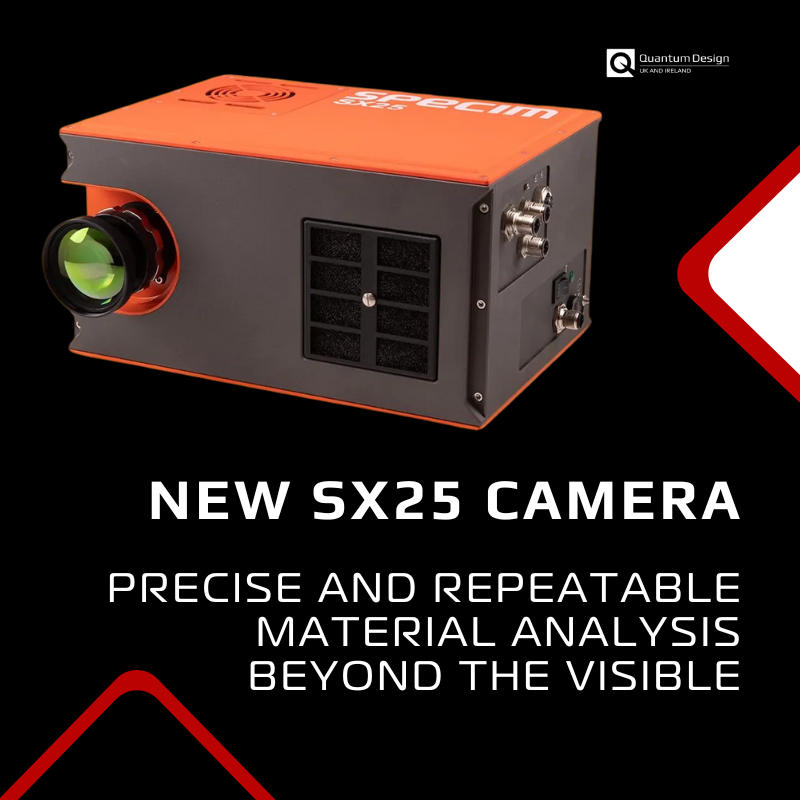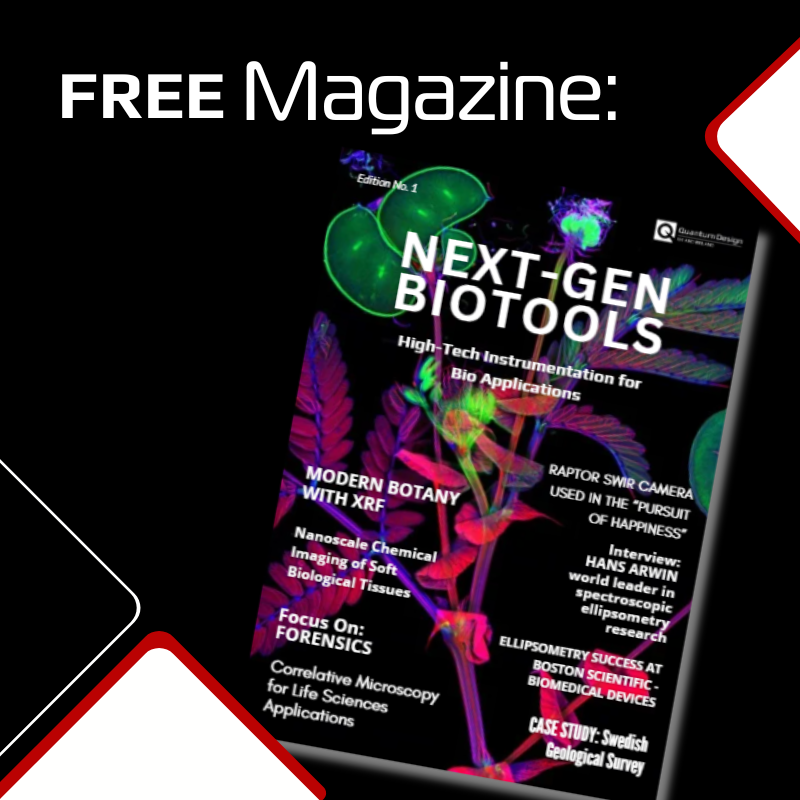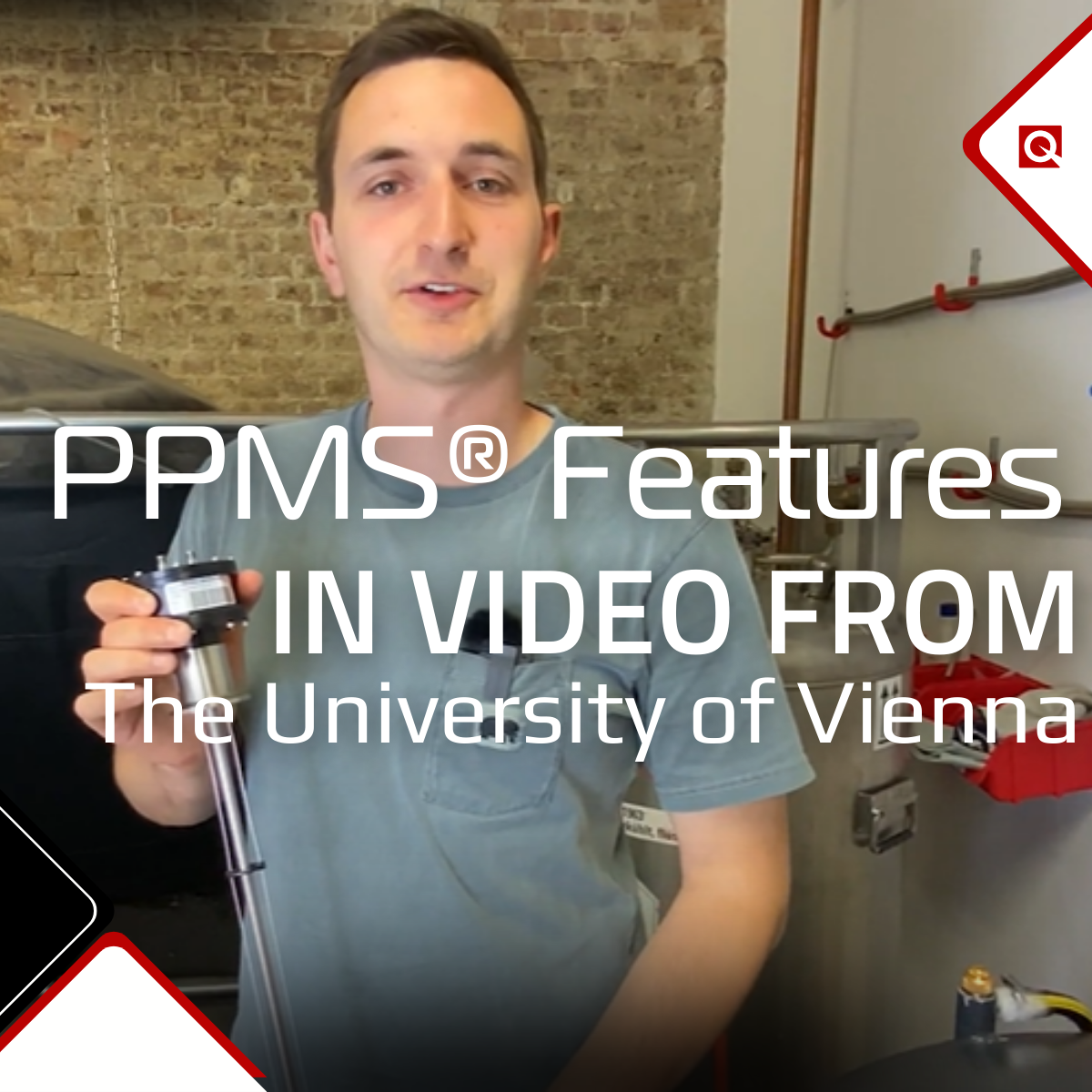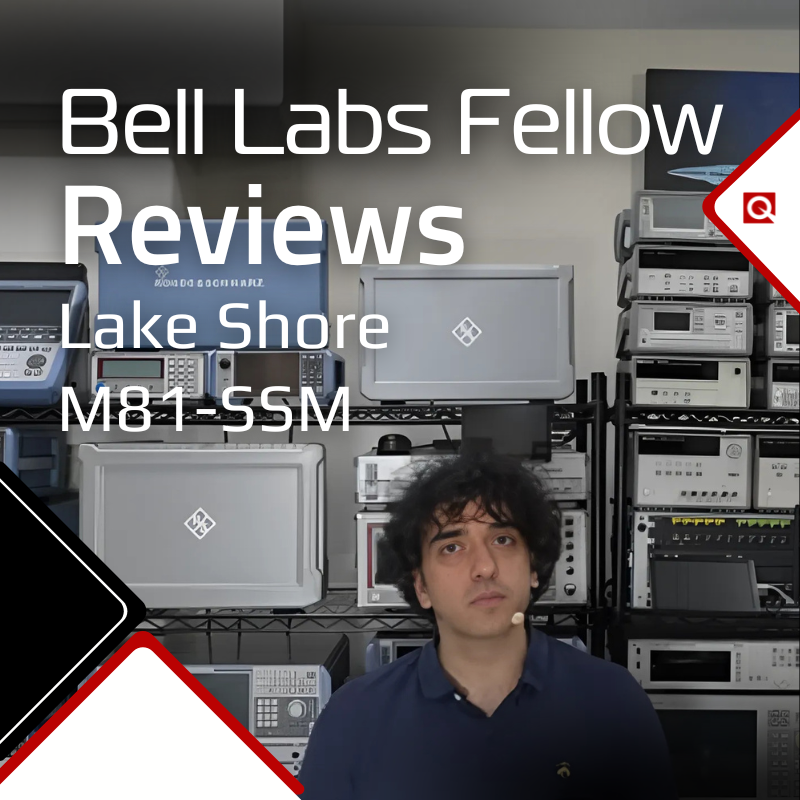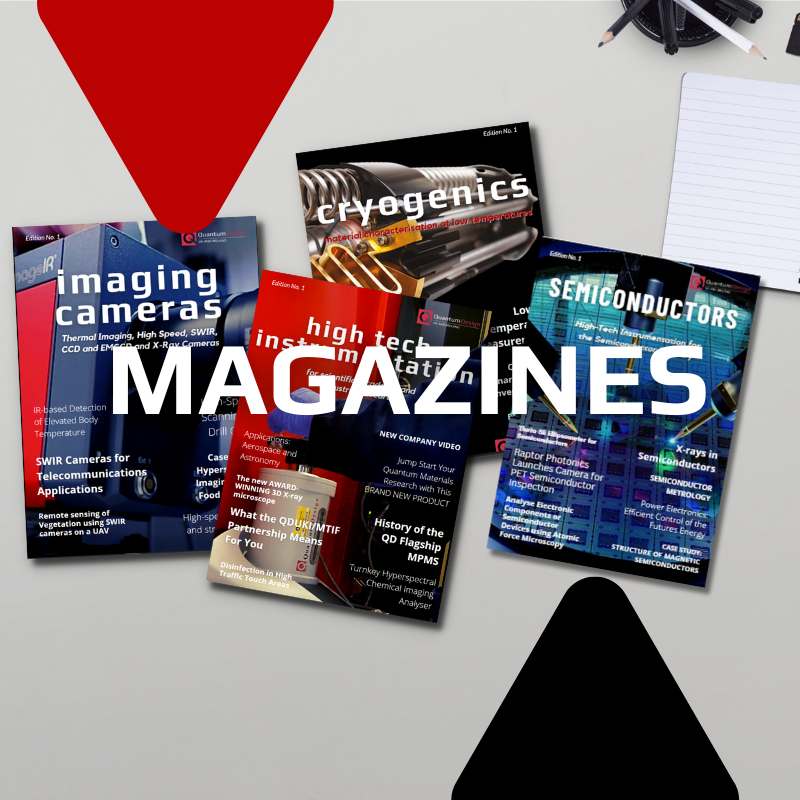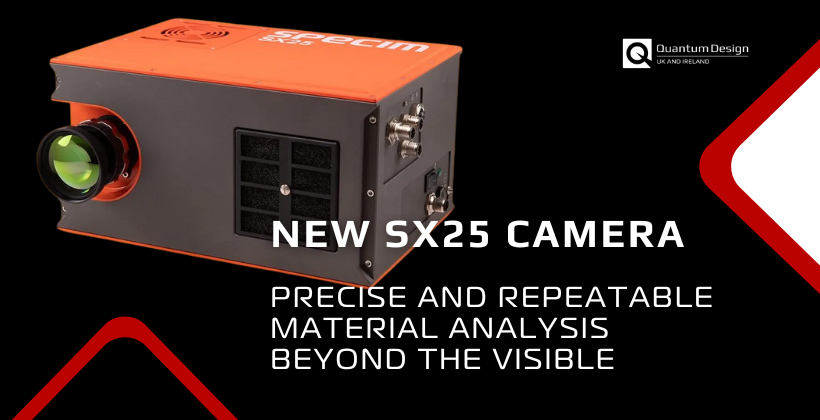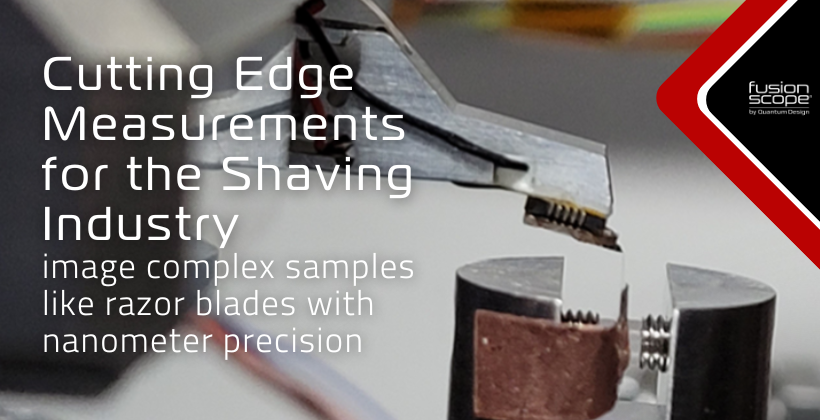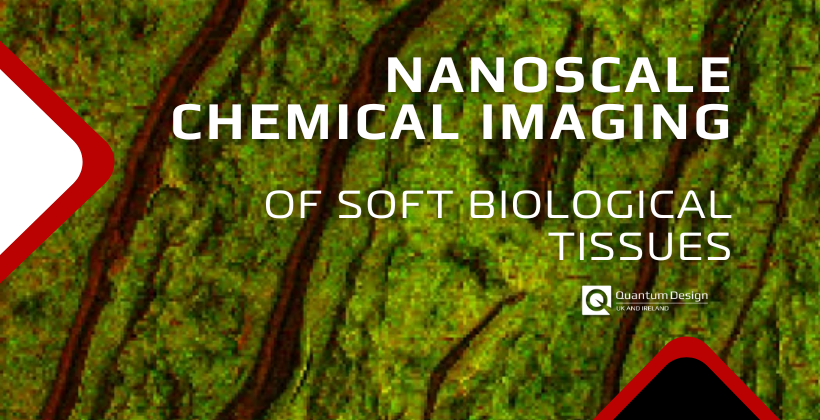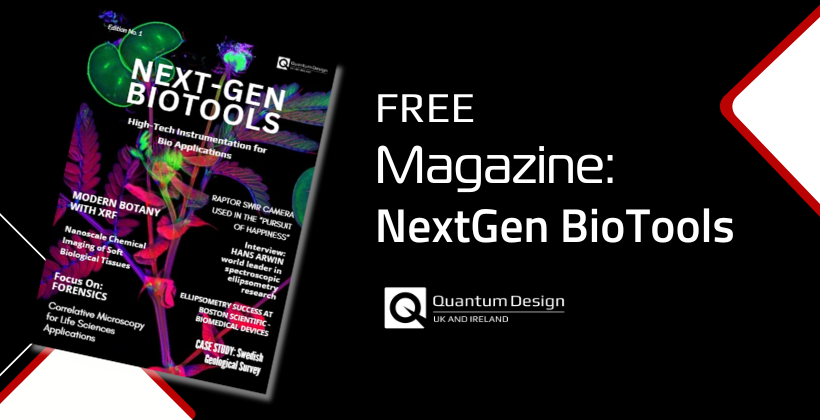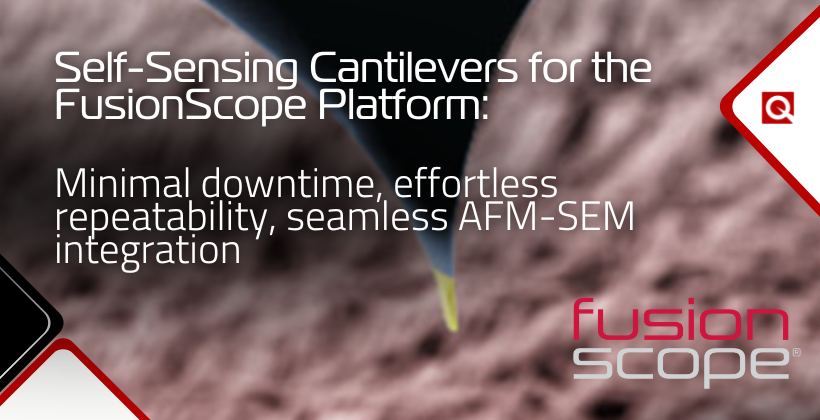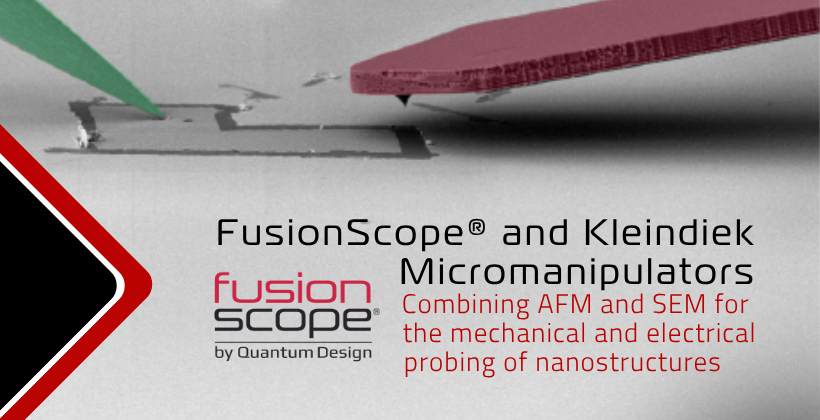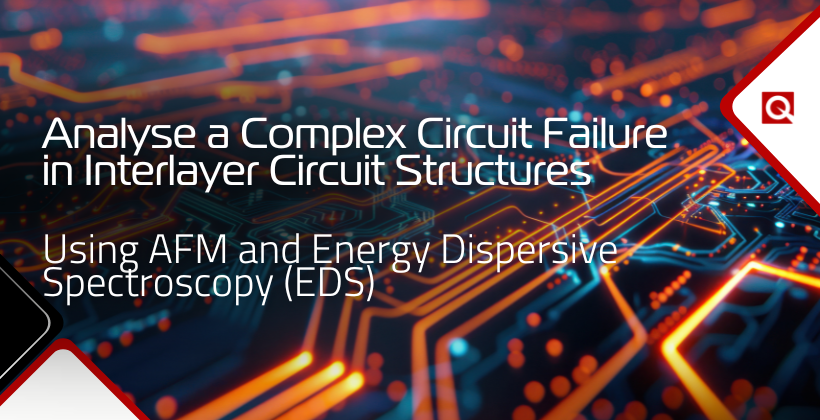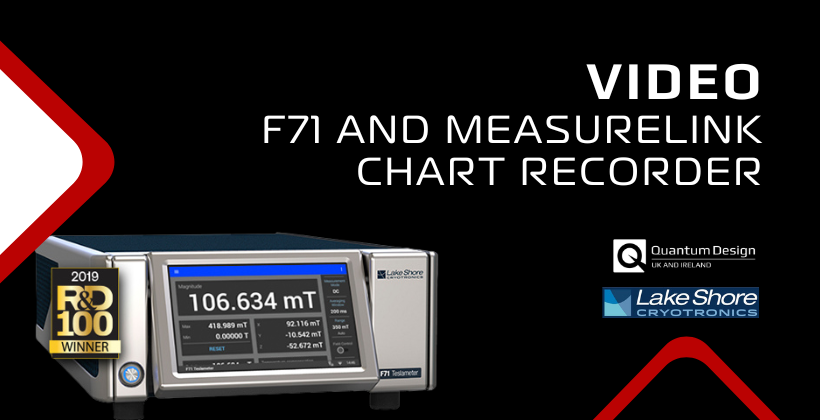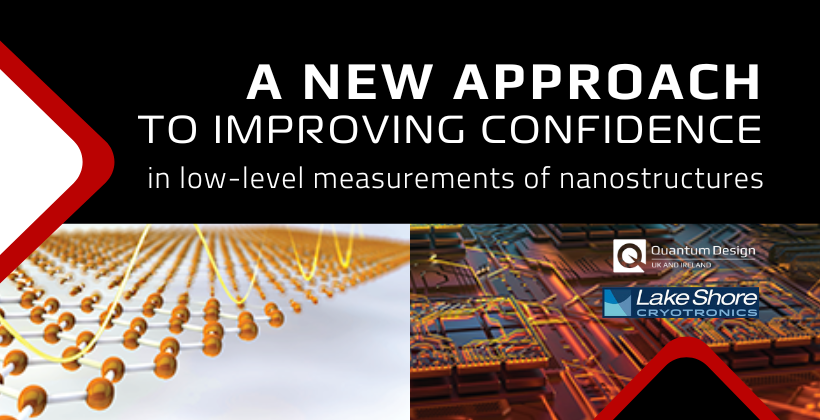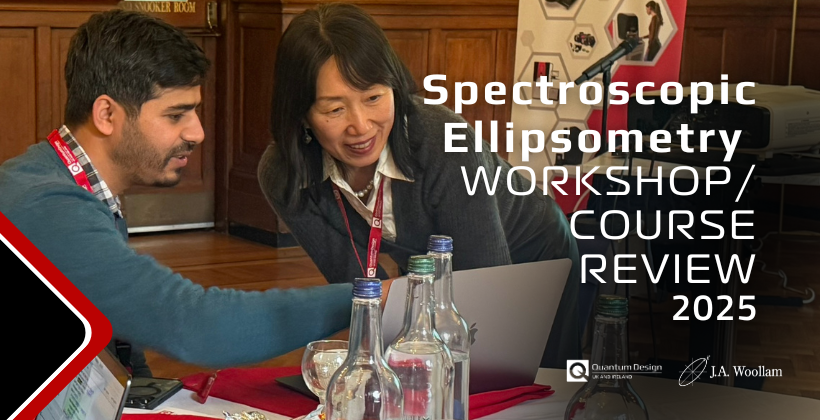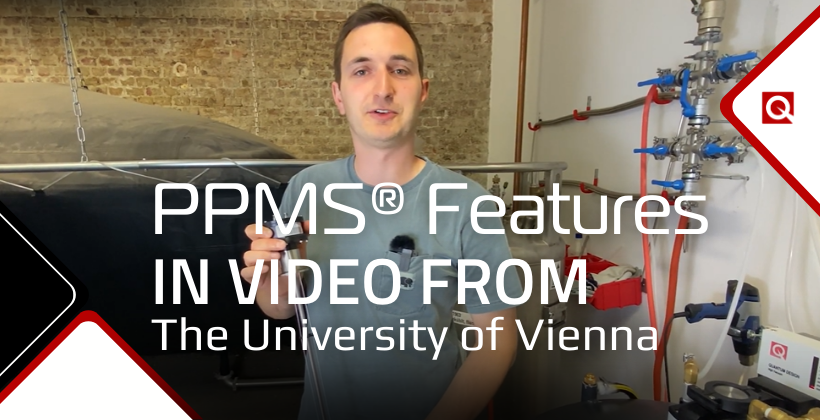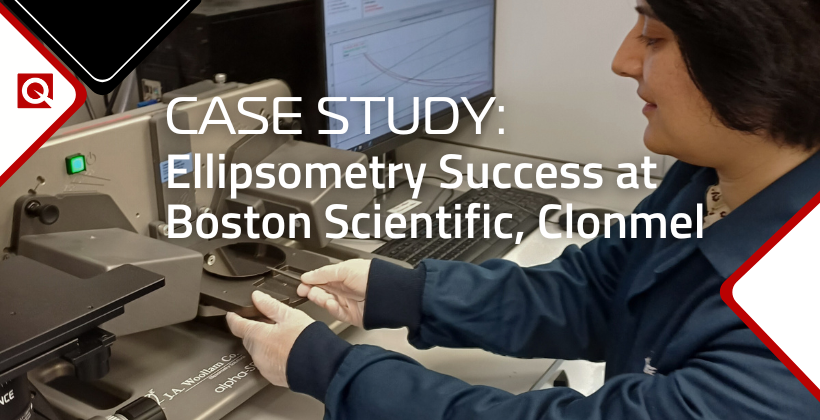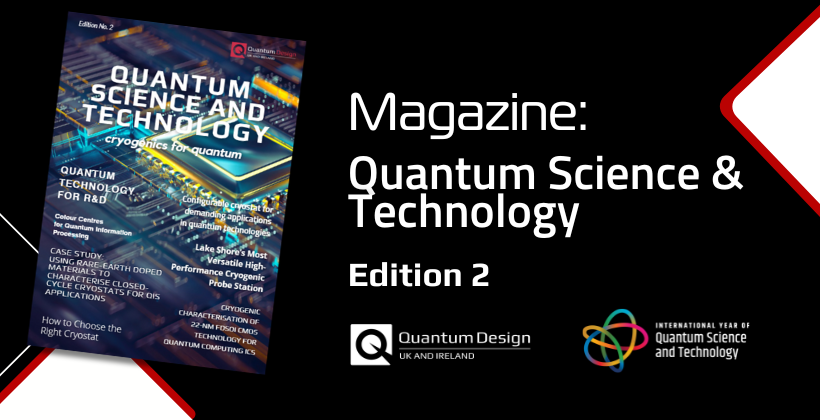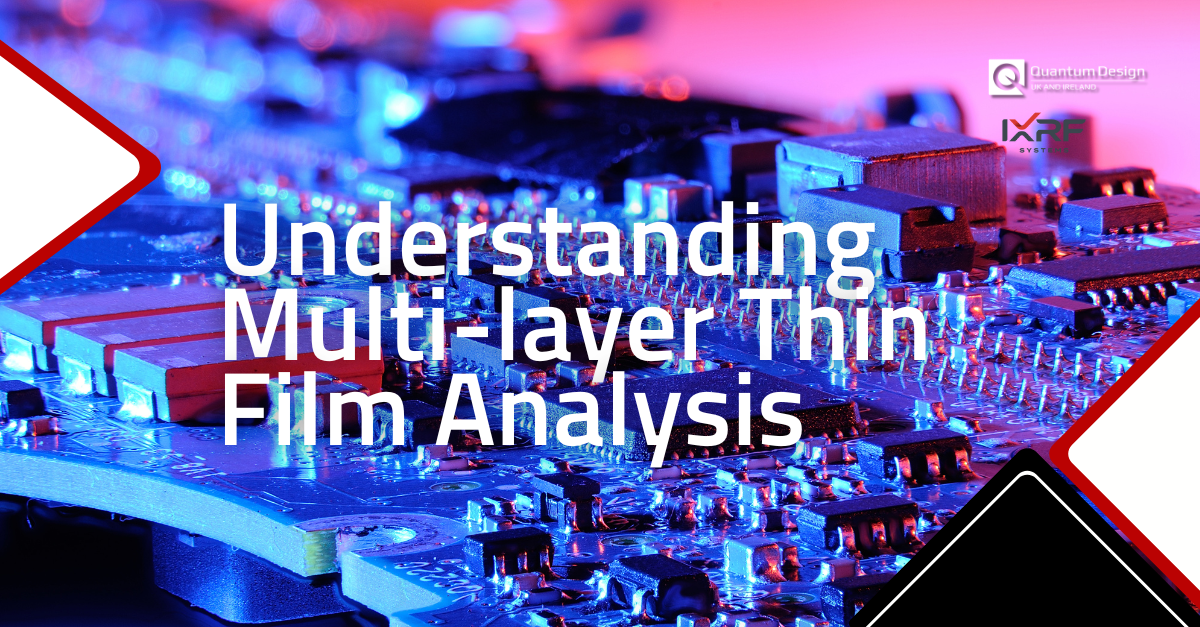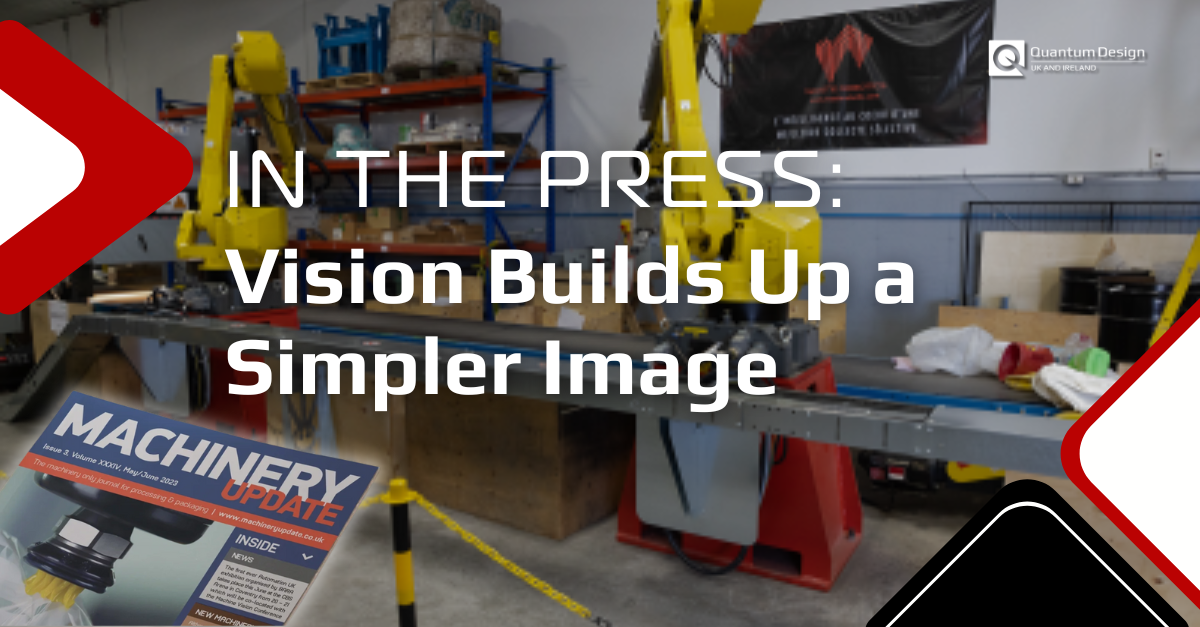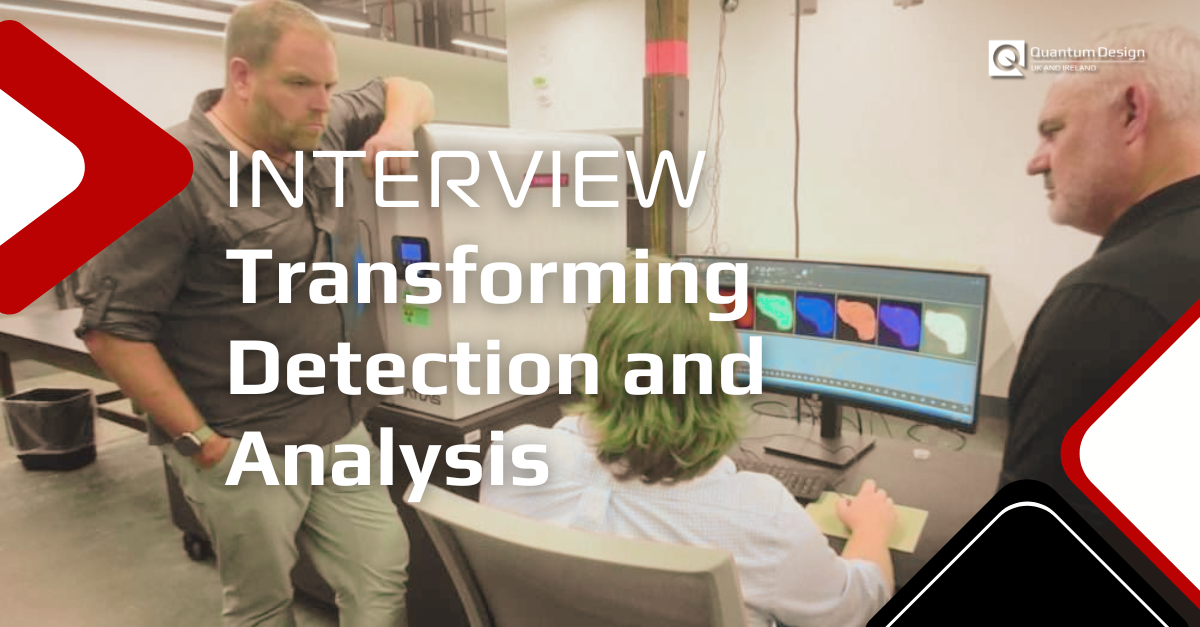For more than 40 years Quantum Design (QD) has been providing technology solutions to researchers in the fields of physics, chemistry, biotechnology, materials science, and nanotechnology.
Established in 1982 in San Diego, California, Quantum Design is the leading commercial source for automated materials characterisation systems offering a variety of measurement capabilities.
QD instruments are found in the world’s leading research institutions and have become the reference standard for a variety of magnetic and physical property measurements. Quantum Design instruments are cited in, and provide the data for, more scientific publications than any other instrument in the fields of magnetics and materials characterisation. This means that each year, literally hundreds of scientific publications, advancing the science of materials, use data generated from QD instruments.
An essential part of providing scientific solutions to researchers around the globe is to also offer state-of-the-art science instruments from other leading manufacturers. These manufacturers are chosen by Quantum Design not only for their innovative products, but also because they believe in the same level of customer satisfaction and support that scientists have come to expect from QD products worldwide.
With headquarters in the USA, and offices in Belgium, Brazil, China, Czech Republic, Germany, France, Hungary, India, Italy, Japan, Korea, Poland, Romania, Singapore, Spain, Sweden, Switzerland, Taiwan, Turkey, and the United Kingdom, QD is strategically located in the world’s key centers for scientific research, providing local marketing, sales, and technical support.







